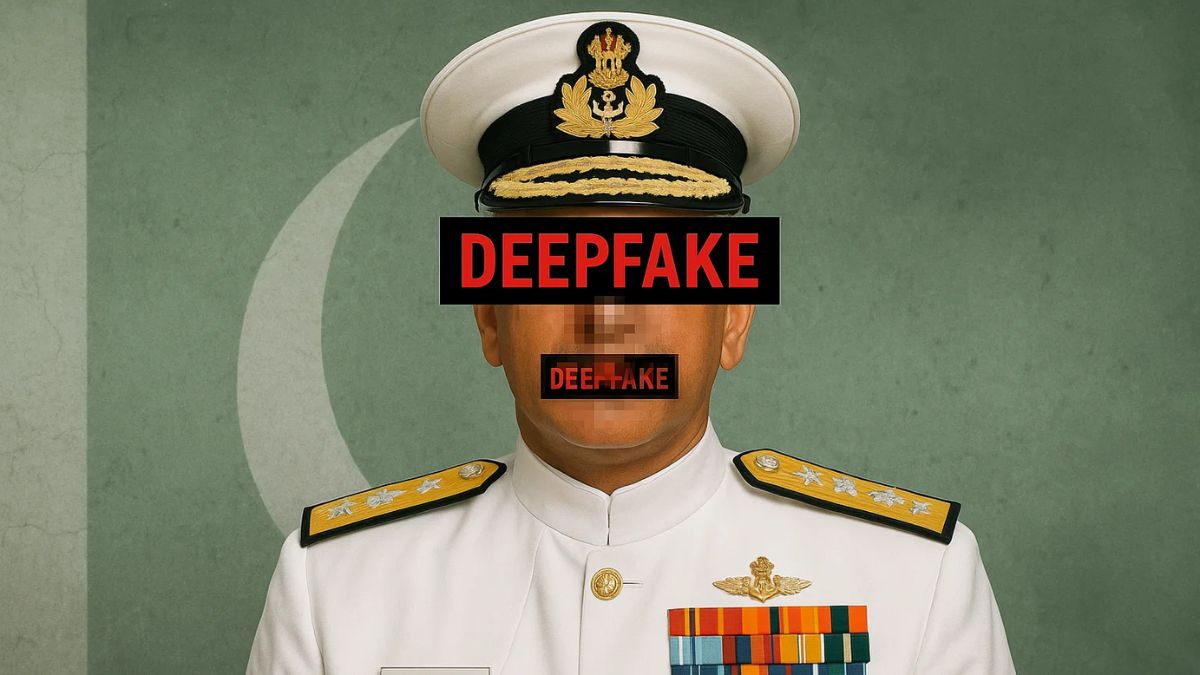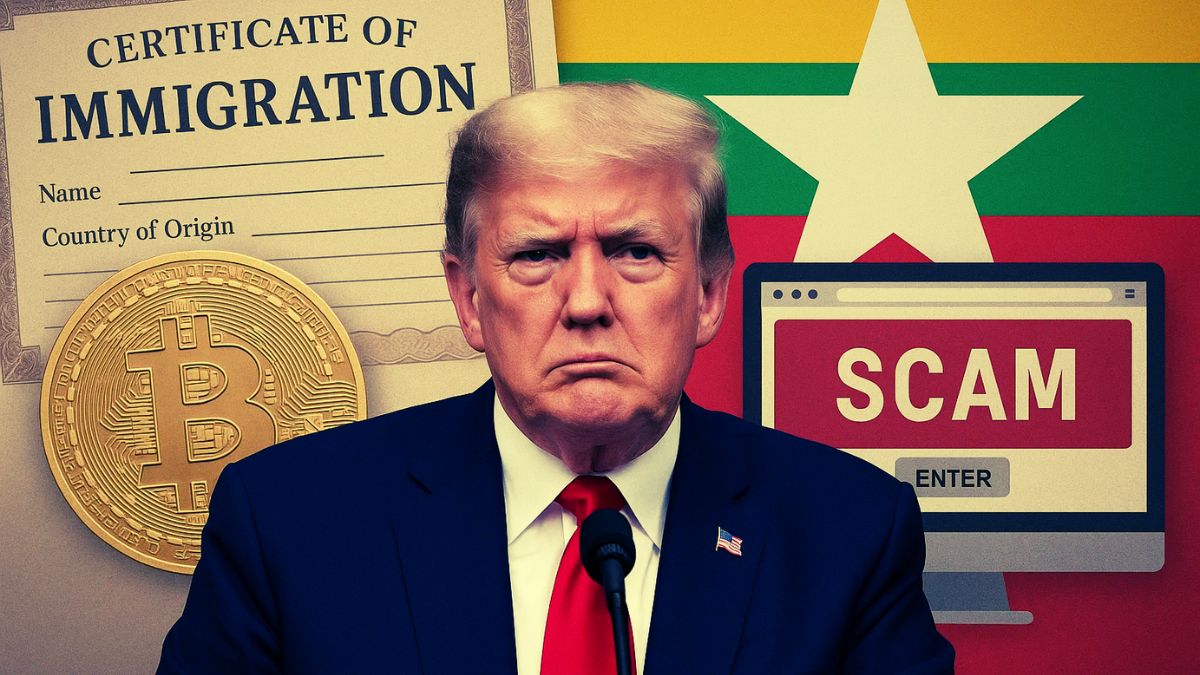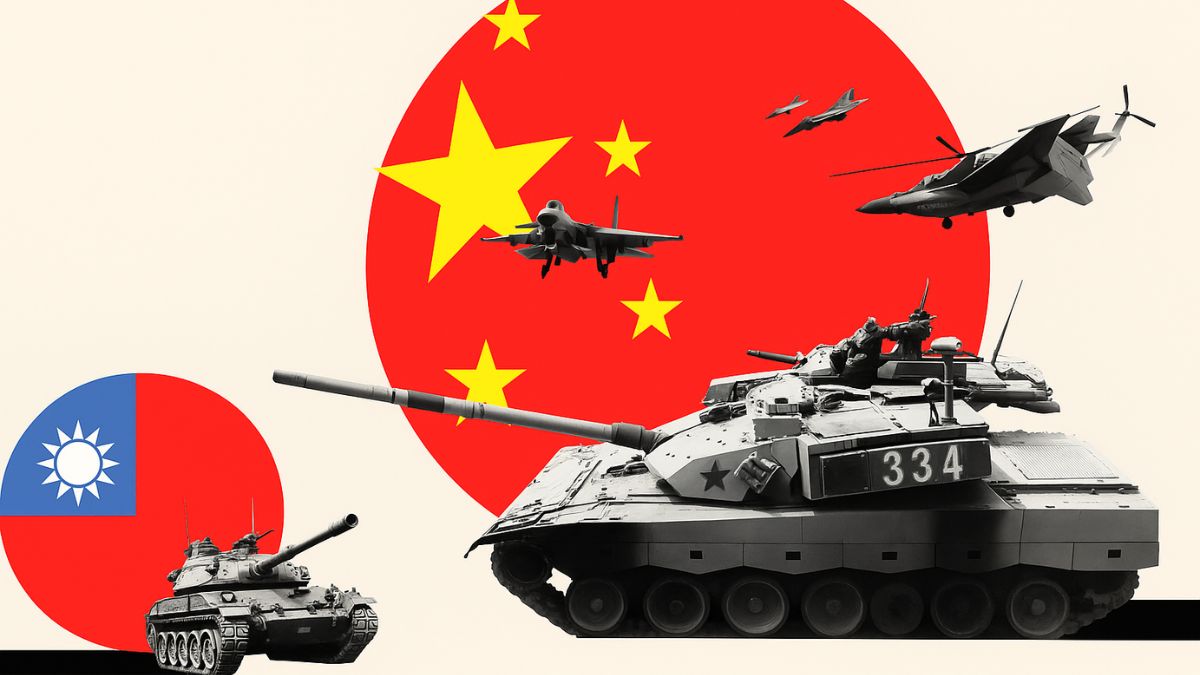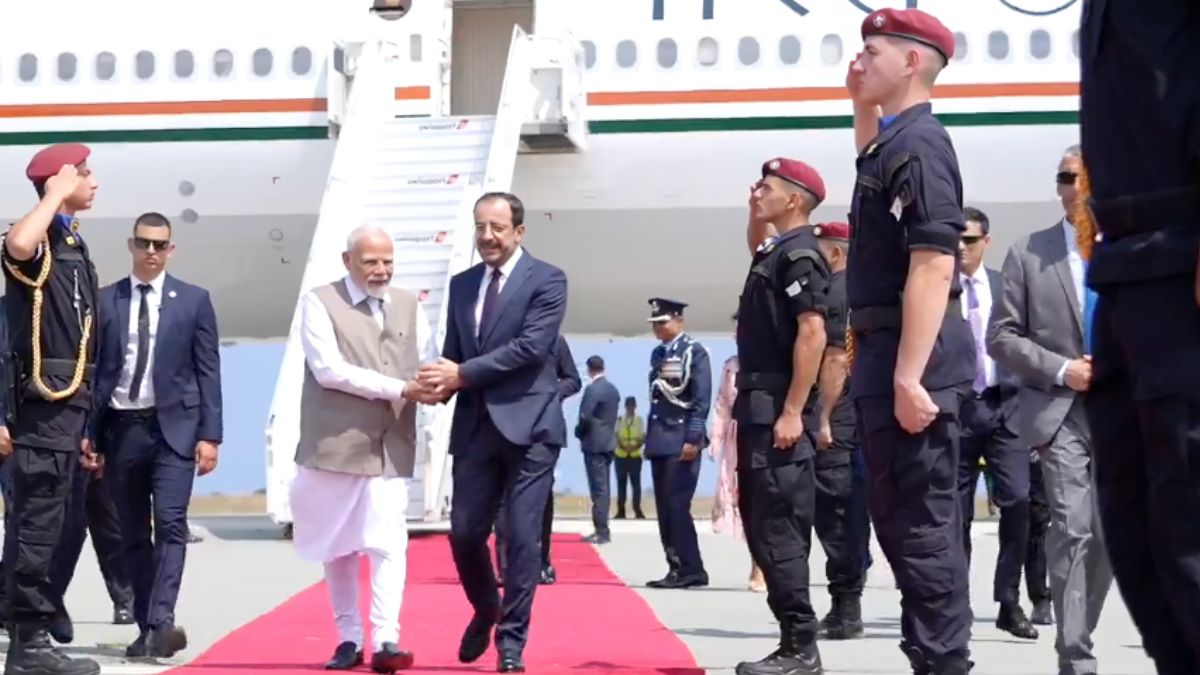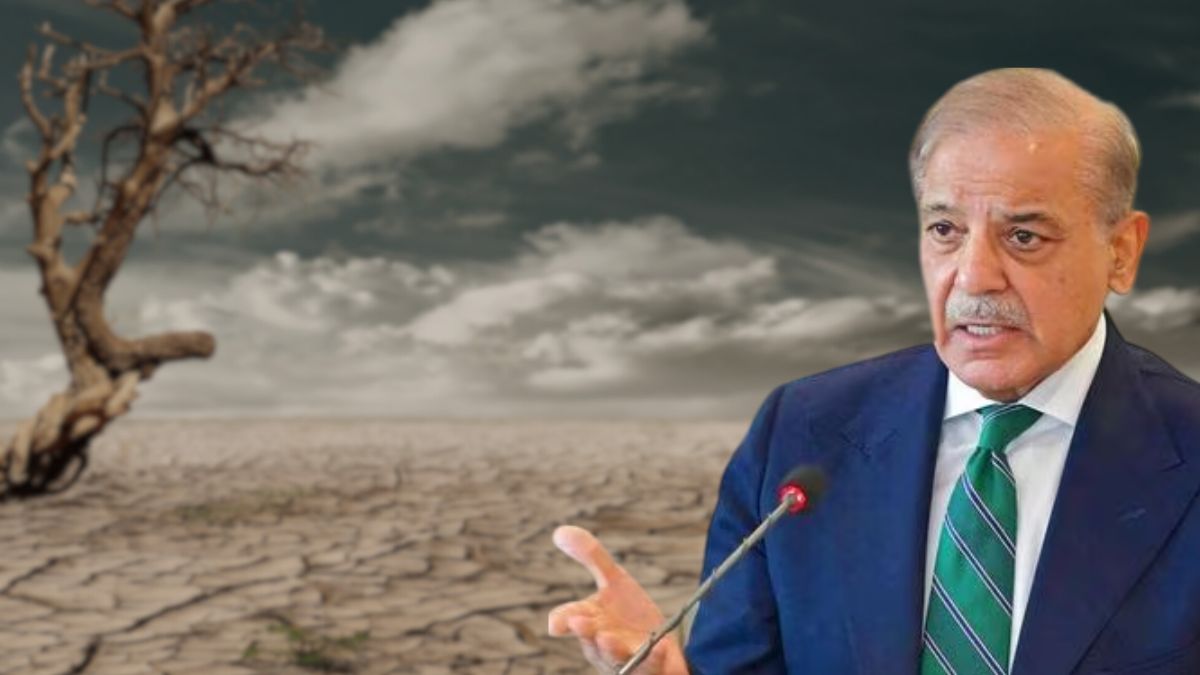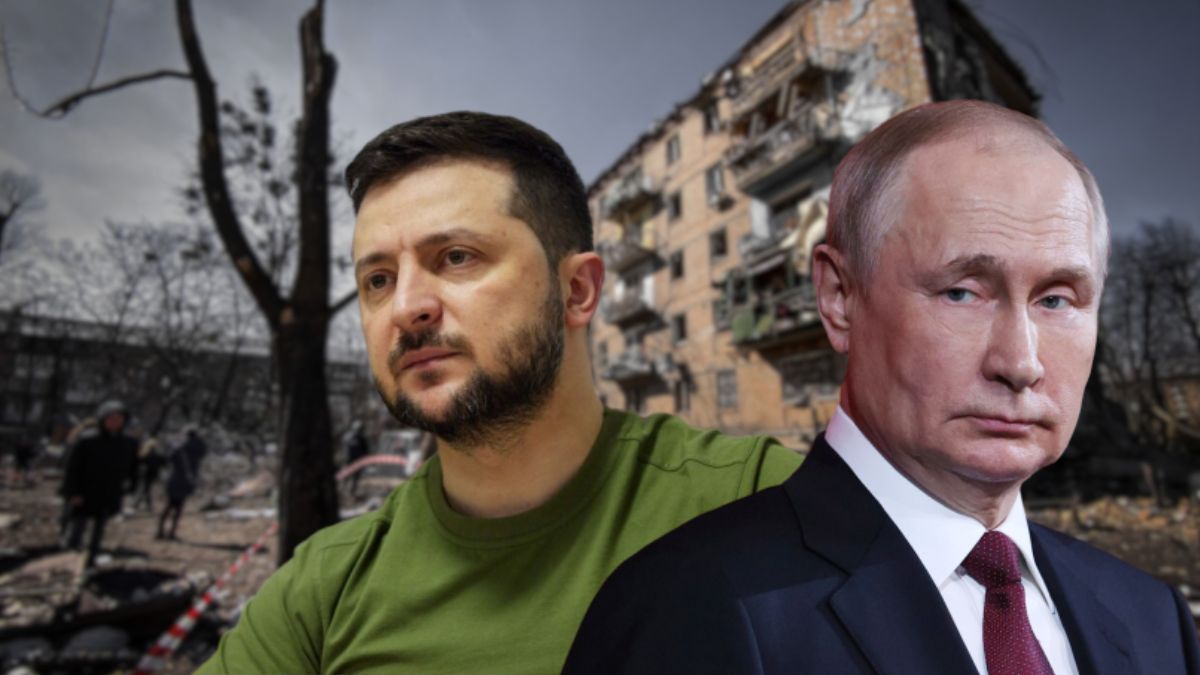People Unhappy With Government: 2 Killed In PoK Protests; What’s Behind Unrest Across Pakistan-Occupied Kashmir
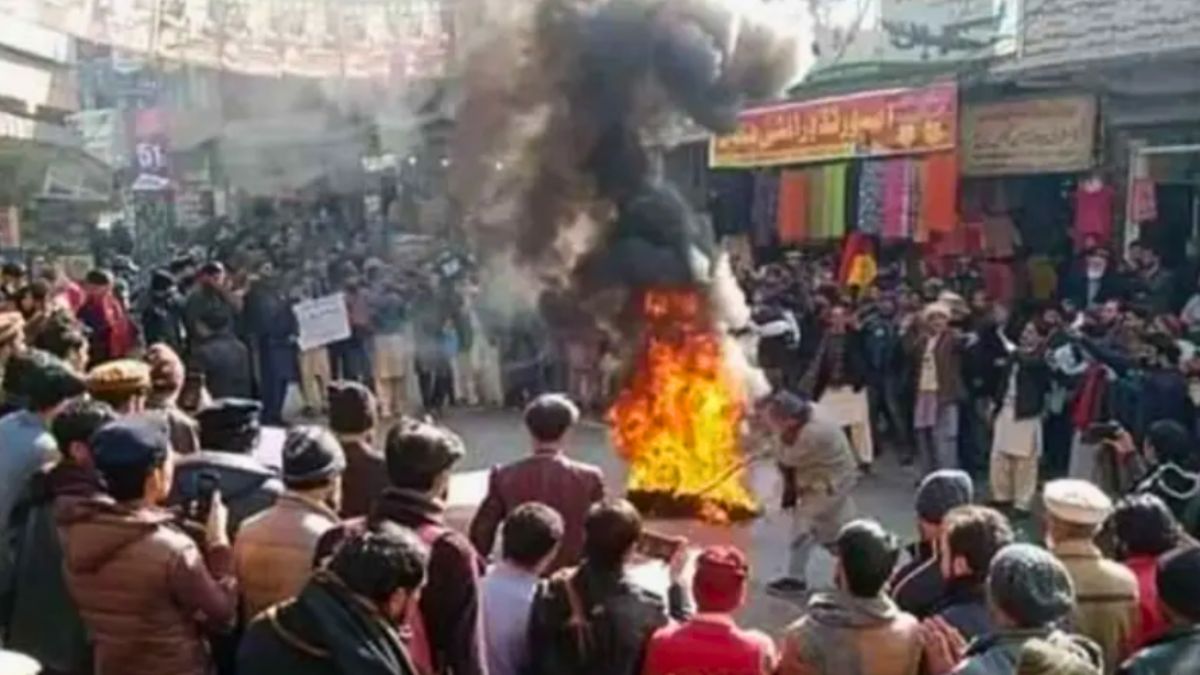
The local Pakistan Tehreek-e-Insaf (PTI) unit called the current setup an “incompetent and repressive Anwar government.” Image courtesy: X.com
Just a few days after Pakistan Prime Minister Shehbaz Sharif presented a twisted account of the recent India-Pak conflict in his address at the UN address, mass protests have emerged across Pakistan-occupied Kashmir (PoK) region. The unrest was caused by anger over long-ignored public grievances.
Mass protests across PoK triggered a violent state response. On Monday (September 29, 2025), police allegedly opened fire on demonstrators, killing at least two people and injuring over 22. The unrest was sparked by unresolved civic and economic issues that authorities have ignored for years.
Shops, markets, and business centres across the region shut down after a strike call from the Joint Action Committee. Residents rallied behind the Neelum Valley Public Action Committee, whose chief, Shaukat Nawaz Mir, announced a complete shutdown while warning the government against attempts to suppress it.
Is the Anwar government losing control?
Public fury is now openly directed at the administration of the region’s Prime Minister Anwarul Haq. Protesters across multiple districts chanted slogans against what they call the denial of their rights and systemic neglect.
The local Pakistan Tehreek-e-Insaf (PTI) unit called the current setup an “incompetent and repressive Anwar government.” In a statement on X, the party said, “Sara Mirpur has taken to the streets against her rights and this incompetent Anwar government.”
PTI also accused the government of unleashing violence through allied political groups. It claimed that armed members of the Muslim Conference, referred to by protesters as the “Muslim Criminal Conference”, opened fire on peaceful demonstrators under state protection, seriously injuring four people.
Why has Pakistan imposed a digital blackout?
For the second consecutive day, PoK remained under a communication shutdown. Internet, mobile, and even landline services were suspended, cutting off residents from families and the outside world. The blackout has deepened fears of a humanitarian crisis and fueled suspicion of state cover-ups.
Is the unrest limited to just PoK?
No. Protests in PoK mirror anger already brewing in Khyber Pakhtunkhwa. PTI leaders alleged that the Pakistan Air Force recently bombed Tirah Valley, claiming at least 20 people were pulled dead from the debris. These reports further indicate the government is using force instead of dialogue to quell dissent.
In Dadyal, authorities blocked the Plak Bridge, cutting off critical routes. PTI accused the administration of worsening the situation: “It was announced that roads would remain open for patients and citizens traveling abroad, but this incompetent Anwar government has increased difficulties for them.”
Thousands have gathered in sit-ins despite logistical blockades, with many warning of dire consequences if basic rights continue to be denied.
In the capital, Muzaffarabad, tensions escalated dramatically when police allegedly fired on demonstrators. Two people were killed and more than 22 injured. The killings have intensified public anger and hardened the movement’s resolve across multiple districts.
How widespread is the resistance in Pakistan?
In Kotli, large crowds rallied at a central chowk, dismissing attempts by local political leaders to undermine the movement. Protesters declared that intimidation had failed and that the uprising would continue until the demands of the Joint Awami Action Committee were met.
Another demonstrator said, “People were threatened and intimidated, but today, everyone is standing firm for their rights. The streets are filled with determination.”
The protests have become a direct indictment of Islamabad’s governance failures, economic neglect, and increasing authoritarian approach. With communication lines cut, casualties mounting, and unrest spreading to other provinces, the Pakistani state appears increasingly incapable of managing the crisis it has created.
What Shehbaz Sharif said at the UN?
The PoK protests come after Sharif’s Kashmir claims he made in his UN speech. Referring to what he called “India’s Hindutva-driven extremism”, the Pak PM said, “There must be no space for hate speech…or violence against any person or any religion. Hate-driven ideology such as India’s Hindutva-driven extremism pose a danger to the entire world.”
He also referenced the issue of Kashmir, sending out a message to people from there: “I wish to assure Kashmiri people that I stand with them, Pakistan stands with them, and one day soon India’s tyranny in Kashmir will come to a halt.”

